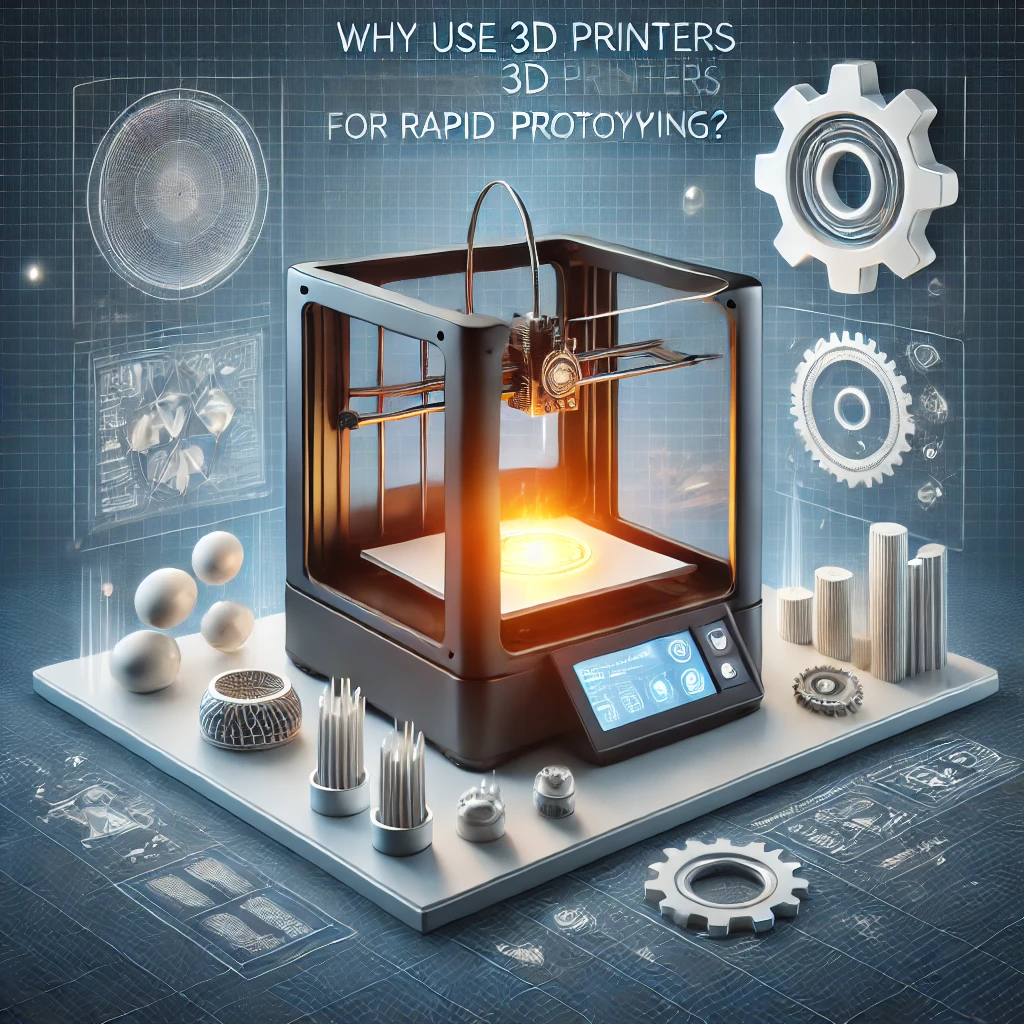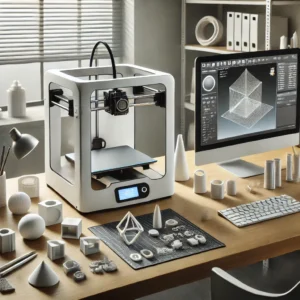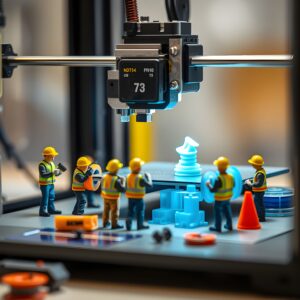Why Use 3D Printers for Rapid Prototyping?

The Speed of Innovation
One of the primary benefits of using 3D printers for rapid prototyping is the speed at which ideas can come to life. Traditional manufacturing methods, such as CNC machining or injection molding, can take weeks to develop a prototype. With 3D printing, a design can go from digital model to physical object in a matter of hours.
This speed enables faster iterations. Designers can quickly identify flaws, make improvements, and test new versions, accelerating the product development process. Whether you’re developing a new gadget or a complex machine component, 3D printing ensures that you’re not bogged down by delays.
Cost-Efficiency
Developing a prototype using conventional methods can be expensive, especially for smaller companies or startups. The molds required for traditional manufacturing can run into thousands of dollars. In contrast, 3D printing drastically reduces upfront costs. There is no need for specialized equipment or molds; the printer itself can handle a wide variety of designs.
Additionally, 3D printing allows companies to test different materials before deciding on the final product, potentially saving money on materials and design alterations.
Design Flexibility
Another reason 3D printers are so valuable for rapid prototyping is the design flexibility they offer. Traditional methods are often limited by material and process constraints. 3D printing opens up a new world of possibilities by allowing the creation of complex geometries that are difficult, if not impossible, to achieve through other methods.
This flexibility enables designers to push the boundaries of innovation, exploring new ways to create lightweight, strong, and efficient designs. Whether you’re in the automotive, aerospace, or medical industries, 3D printing can provide the solutions you need.
Reducing Waste
In traditional manufacturing processes, especially those involving subtractive manufacturing, large amounts of material are often wasted. In contrast, 3D printing is an additive process, meaning that material is only used where it’s needed. This can significantly reduce waste and, in turn, lower costs.
Moreover, rapid prototyping with 3D printers allows companies to test their designs for sustainability before mass production. By creating prototypes that use minimal material, they can ensure that the final product is as efficient as possible.
Improved Communication and Collaboration
Rapid prototyping using 3D printers also improves communication within teams. Designers, engineers, and stakeholders can better visualize the product with a tangible prototype. This fosters clearer communication and reduces the likelihood of misinterpretation of design details.
Additionally, 3D prototypes can be shared easily, even remotely, allowing for global collaboration in product development.
For businesses looking to speed up their product development processes and stay competitive, using 3D printers for rapid prototyping is an excellent solution. It not only saves time and money but also offers flexibility and sustainability in design. As technology continues to evolve, 3D printing will likely play an even more integral role in the future of innovation.




